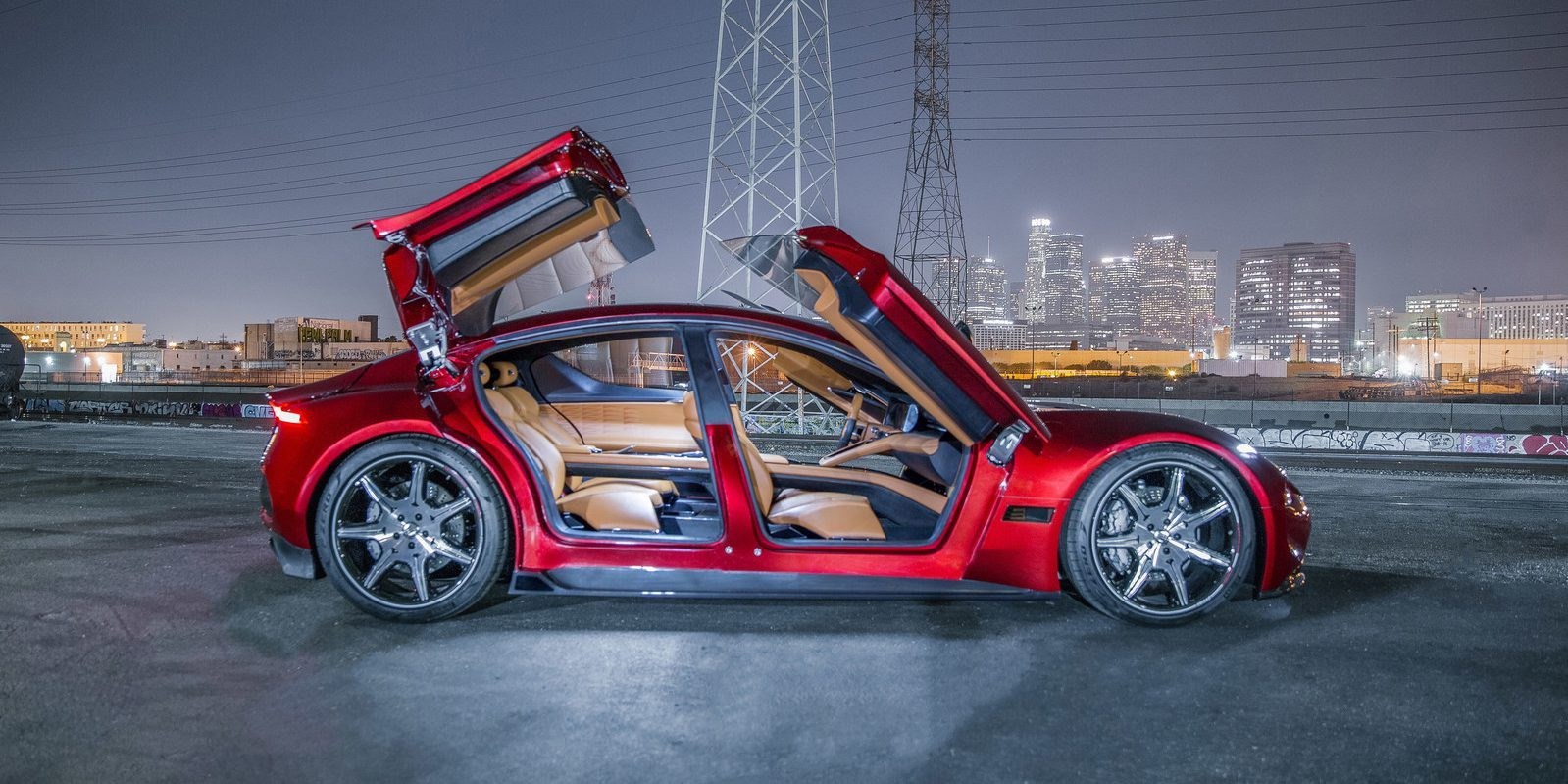Fisker has launched its Emotion electric luxury saloon at the Consumer Electronics Show in Las Vegas this week — and there’s a vegan option.
The long-awaited Tesla rival, with eye-catching looks and dramatic “butterfly” doors, has a non-animal interior available for those who don’t want the premium leather interior of the show car.
And it's not just a pretty face. The Fisker offers cutting-edge EV technologies, most notably a 640km range and a top speed of 260km/h — although both won't be achievable at the same time.
The Fisker Emotion is expected to be on sale in 2020 and to cost US$129,900.
Size and performance-wise, the four-wheel-drive Emotion has plenty in common with Elon Musk’s four-door Tesla Model S, but the Fisker has a lot of carbon fibre and aluminium in its make-up so should be lighter than the popular American saloon that has become the benchmark for electric cars.
In a separate CES display, Fisker is showing solid-state battery technology which it claims will be able to put a usable range into an EV in just one minute.
This tech, stated for release in 2020, could lift the Emotion’s single-charge range above 800km.
 Fisker Emotion full-electric vehicle. Photo / Supplied
Fisker Emotion full-electric vehicle. Photo / Supplied
Available in four- or five-seat formats, the Emotion has the same four upward-opening butterfly doors first revealed in the concept car in November 2016, which can be opened conventionally via flush-fitting external handles, or remotely by smartphone.
The Fisker Emotion also has level-four autonomy capability — which means the car can take complete control at all times — courtesy of five LiDAR (Light Imaging Detecting And Ranging) sensors, the data of which can be processed by the Emotion’s software to provide real-time object classification and speed up the car’s responses.
Inside, three screens will bombard the driver with information.
They include a curved dash-top infotainment screen, an iPad-style device below in the centre console, and a third screen where the conventional dials would normally be.
That level of tech is designed to meet the rising expectations of top-end car buyers who demand not just good and performance but also a high level of connectivity and driver assistance.
Production in the US will begin in 2019.




